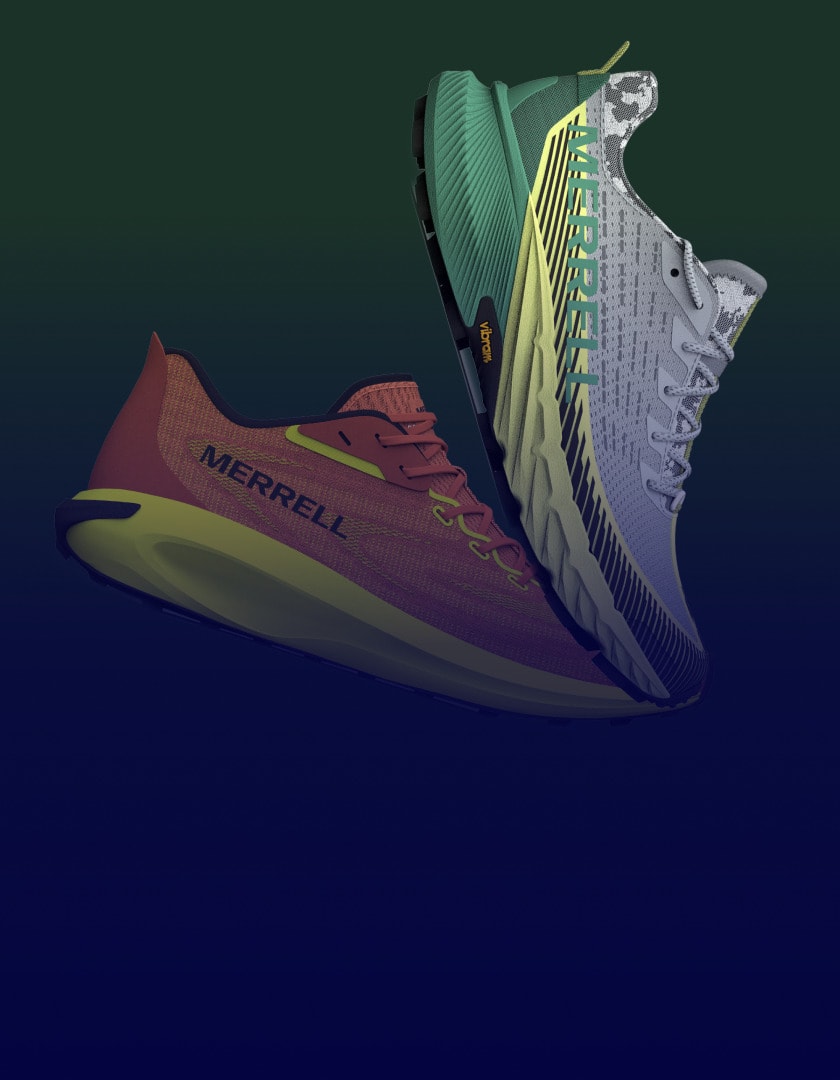Is ERP Software for Cosmetics the Best Technology Investment?

Digital transformation is a must for cosmetics and personal care retailers, brands and manufacturers to face today’s market challenges, remain competitive and keep consumers happy. Rapidly changing consumer tastes, highly regulated market requirements, changes related to compliance and traceability, complex supply chains and large product portfolios are a lot to manage.
There are a number of foundational technologies that promise to boost new product development success, optimize product portfolios, manage product complexity, speed time to market, decrease costs and get you closer to the end consumer. The big question for cosmetics and personal care businesses is: which digital transformation solution will deliver the greatest return on investment?
Enterprise Resource Planning (ERP) software is a widely used foundation system for cosmetics and personal care companies for operational tasks like inventory management, logistics, warehousing and inventory supply. Yet, it may not be the silver-bullet technology solution to implement when time and financial resources are limited. How do cosmetics and personal care brands make this business-critical software investment decision?
Is Cosmetics ERP Software the Best Solution to Meet Current Market Challenges?
Let’s first examine the functionality and benefits of a modern ERP software solution to shed light on this common question.
With an upgraded ERP system, inventory warehouse and fulfillment managers, finance and others benefit from more timely reporting or more accurate informational updates, thereby enhancing executive decision-making and more efficiently driving omni-channel and retail operations.
ERP encompasses the management of physical assets and can deliver significant ROI. ERP solutions are oriented around business operations covering customer service, finance, accounting, distribution, labor, shipping and logistics and other aspects of day-to-day execution. At the business process level, ERP might support sales and purchase order management, fulfillment, human resource allocation and provide a single source of cost, price, product margin and other commercial information.
ERP essentially takes a final product forward from the development stage. Handling inventory management, logistics, warehousing supply, it can take a product unit to the store shelves. With its narrow focus, ERP software can offer an abundance of valuable transactional data, thus informing strategic business decisions. ERP is designed with a very specific focus on the transactional elements related to product units including costing, shipping, selling and monitoring — all very important functions for success.
While an updated ERP solution can deliver on the transactional business functions related to product units, it is missing out on a key ingredient for cosmetics and personal care businesses — new product development.
Product portfolios are larger and more complex than ever, and cosmetics and personal care brands need to deliver on-trend products to market quickly with the largest margins possible that are also innovative, transparent, sustainable and respect a host of other compliance requirements. Product development is a messy, non-linear, highly collaborative process where ideation, collaboration creativity and iterative design reign.
Cosmetic ERP software cannot house these creative and collaborative processes, as ERP is designed with costing, shipping, selling and monitoring as the primary focuses. An entirely different digital solution is needed for the increasingly important new product development process.

Product Lifecycle Management (PLM) is a digital transformation solution that supports the sale of products by first supporting processes that define the brand, engage the customer and differentiate the products in the market. It manages the complete product lifecycle from creation to end of life. For cosmetic businesses, it guides whether a product is rebranded, or a formula is updated. Essentially, PLM answers the question: what should we make and how will we do it?
PLM has been adopted by many multicategory retailers with an abundance of products, short lifecycles and frequent changes. For cosmetics and personal care businesses, where product lifecycles can be long or short, depend on speed, have complex compliance and quality tracking, an agile, a modern PLM solution can be an invaluable completive asset.
Without PLM, cosmetics and personal care companies can find themselves managing new product development using antiquated software such as email, spreadsheets or Dropbox, to name a few.
Tracking formulation information, supplier information, regulatory requirements and product margin calculations can become a jumbled mess and cause teams to lose precious time. The margin for error is real and the risk of a product recall exists.
PLM brings order to this process by being the repository of all product-related data. It is the single source of truth, accessible in real-time and from anywhere in the world. PLM empowers full visibility into the iterative processes of product development including ideation, design and formulation, sourcing and production, assortment and channel planning, packaging and artwork creation/proofing and more. It meets the specific needs of cosmetics and personal care brands, retailers and manufacturers and reduces inefficiencies, costly errors and duplication of work, leading to increased product margins, faster time to market and on-trend product offerings.
ERP and PLM both have important roles to play for cosmetics and personal care businesses. When they are modern and implemented correctly, they can deliver significant ROI and are strategic assets to companies.
ERP for cosmetics is extremely valuable, but without a modern PLM, its potential is limited. If product-related data isn’t accurate, ERP cannot function to its full capacity. In order for ERP to deliver enterprise-wide results an input data accuracy of 99% is required.
With a sound PLM solution in place, the functionality of a cosmetics ERP system can be greatly enhanced. While ERP can be essential for the transactional stage of the product journey, PLM is where the heart of cosmetic and personal care brand product development resides.
The good news is that when a PLM solution becomes the central hub for all product-related information it acts as a digital foundation for product data and can bolster the power of an ERP’s functions. Modern and versatile PLM solutions can be easily integrated with other platforms. PLM is an end-to-end digital solution that drives go-to-market strategies from concept to consumer. Connect products to people and process in every phase of development including:
- Product ideation and innovation
- Optimizing workflows and task management
- Speeding new product introductions and formulation development
- Managing complex product portfolios
- Handling supplier requests and co-development
- Developing and proofing packaging artwork and labeling
- Controling quality and compliance
- Tracking and tracing everything product related
The best technology investment for your cosmetics and personal care business might not be black-and-white clear-cut ERP. ERP can deliver a financial and strategic impact for your cosmetics and personal care business. PLM empowers your brand to be more consumer-centric, develop innovative and profitable products, decrease costs and increase market responsiveness in a way that ERP cannot.








